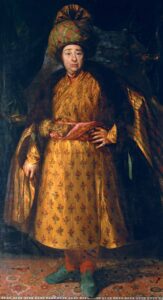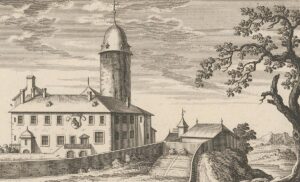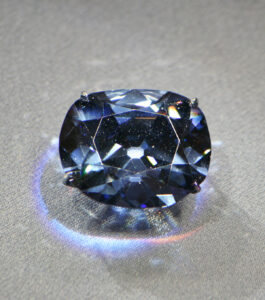
A travelling baron
Jean-Baptiste Tavernier was famous in the 17th century for travelling as far as India. The adventurer and author wanted to retire in Aubonne. But his settled life did not last long.






Jean-Baptiste Tavernier was famous in the 17th century for travelling as far as India. The adventurer and author wanted to retire in Aubonne. But his settled life did not last long.




